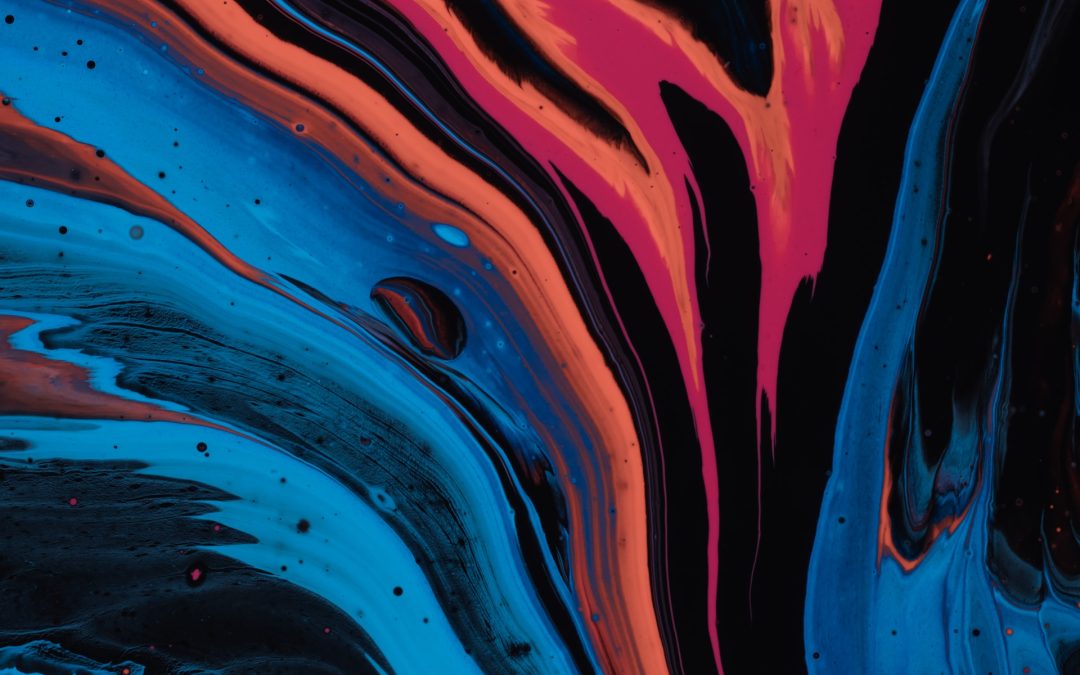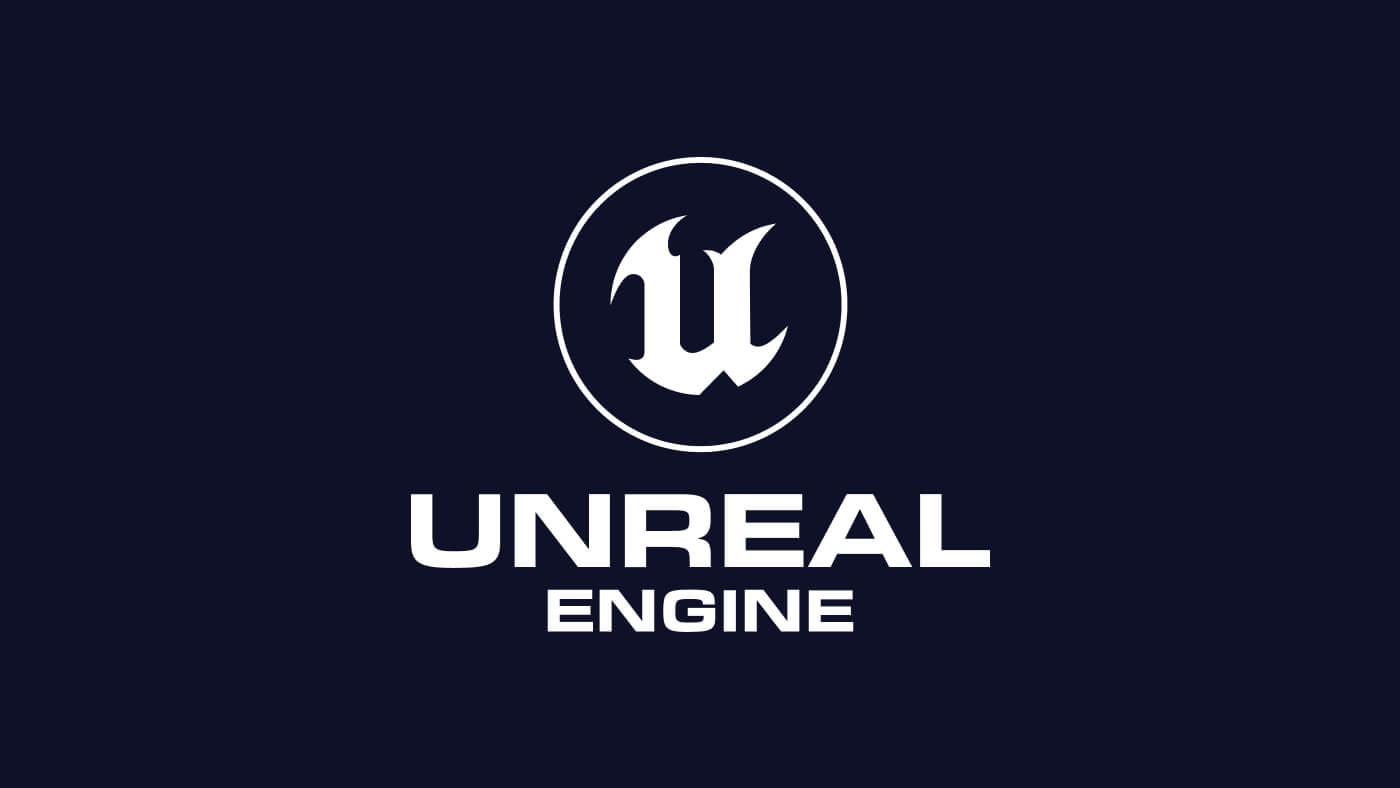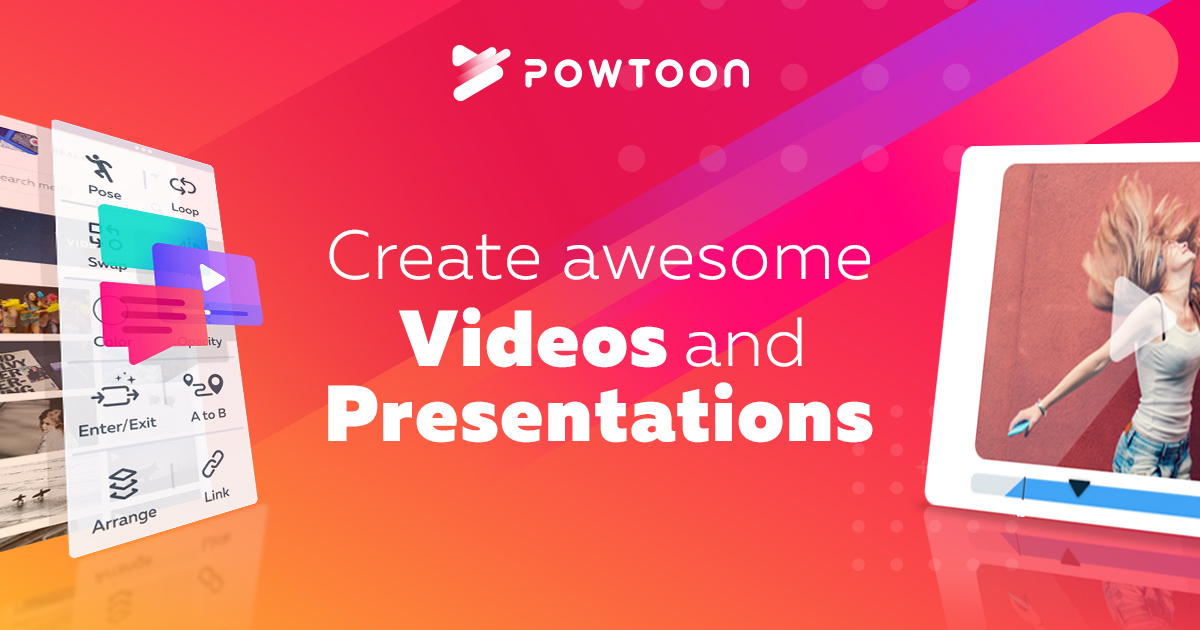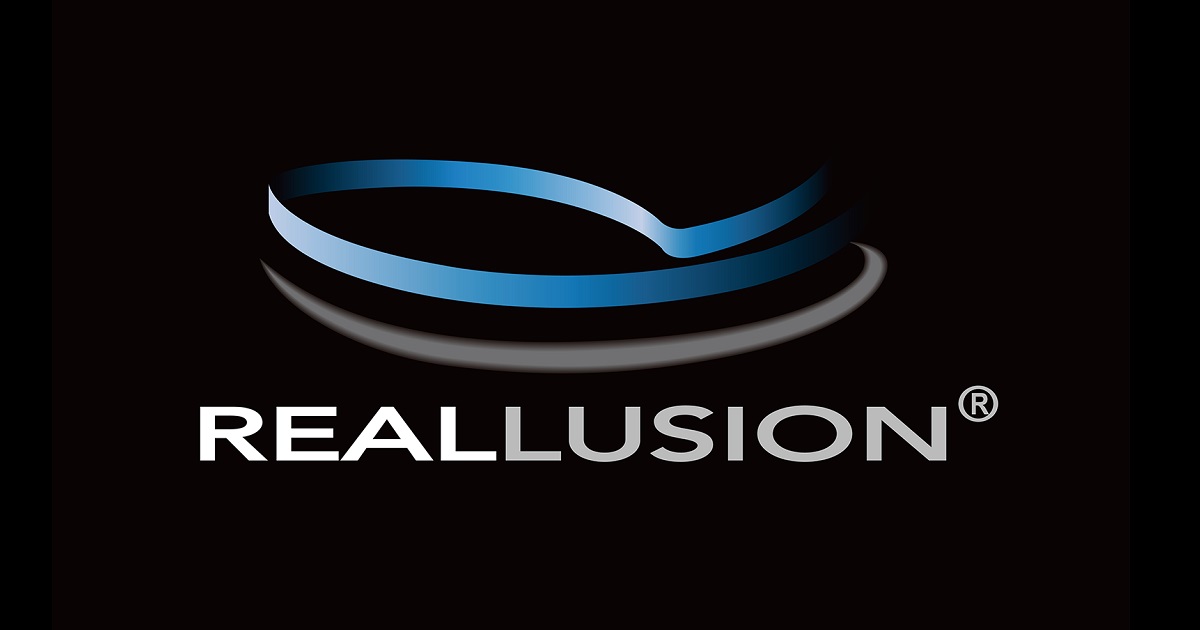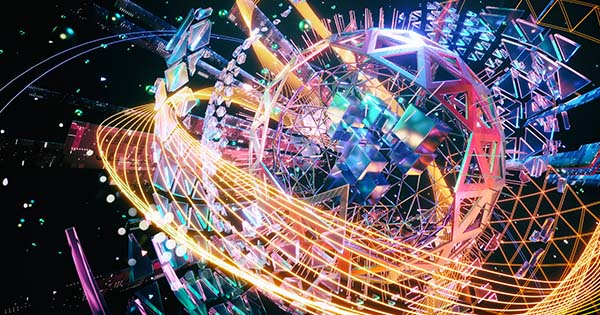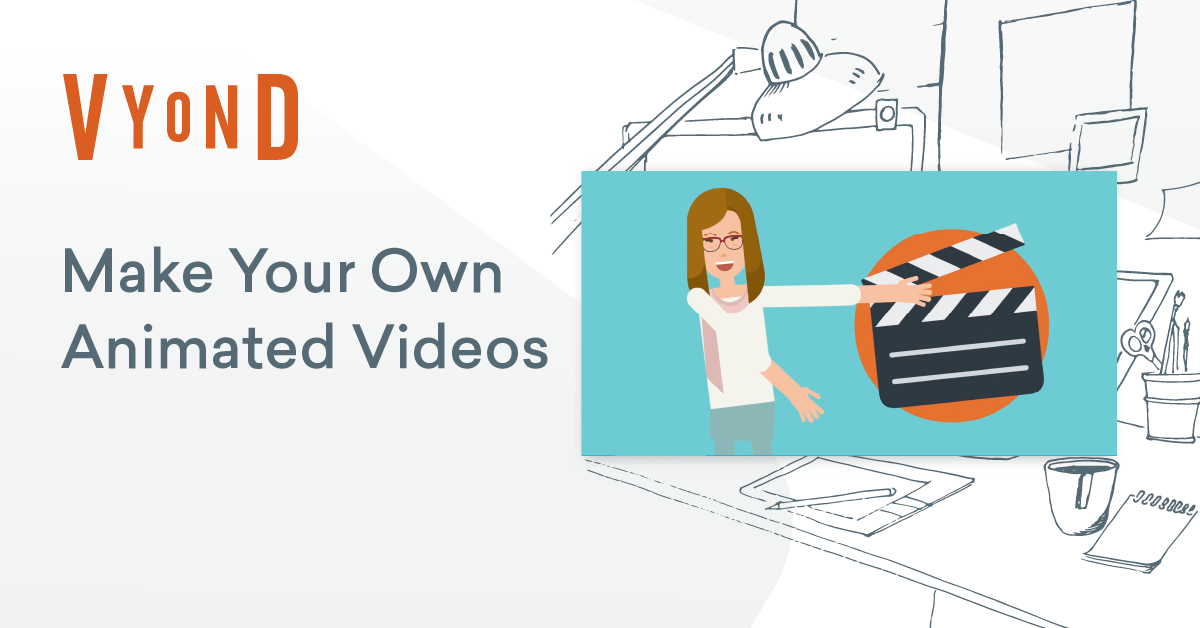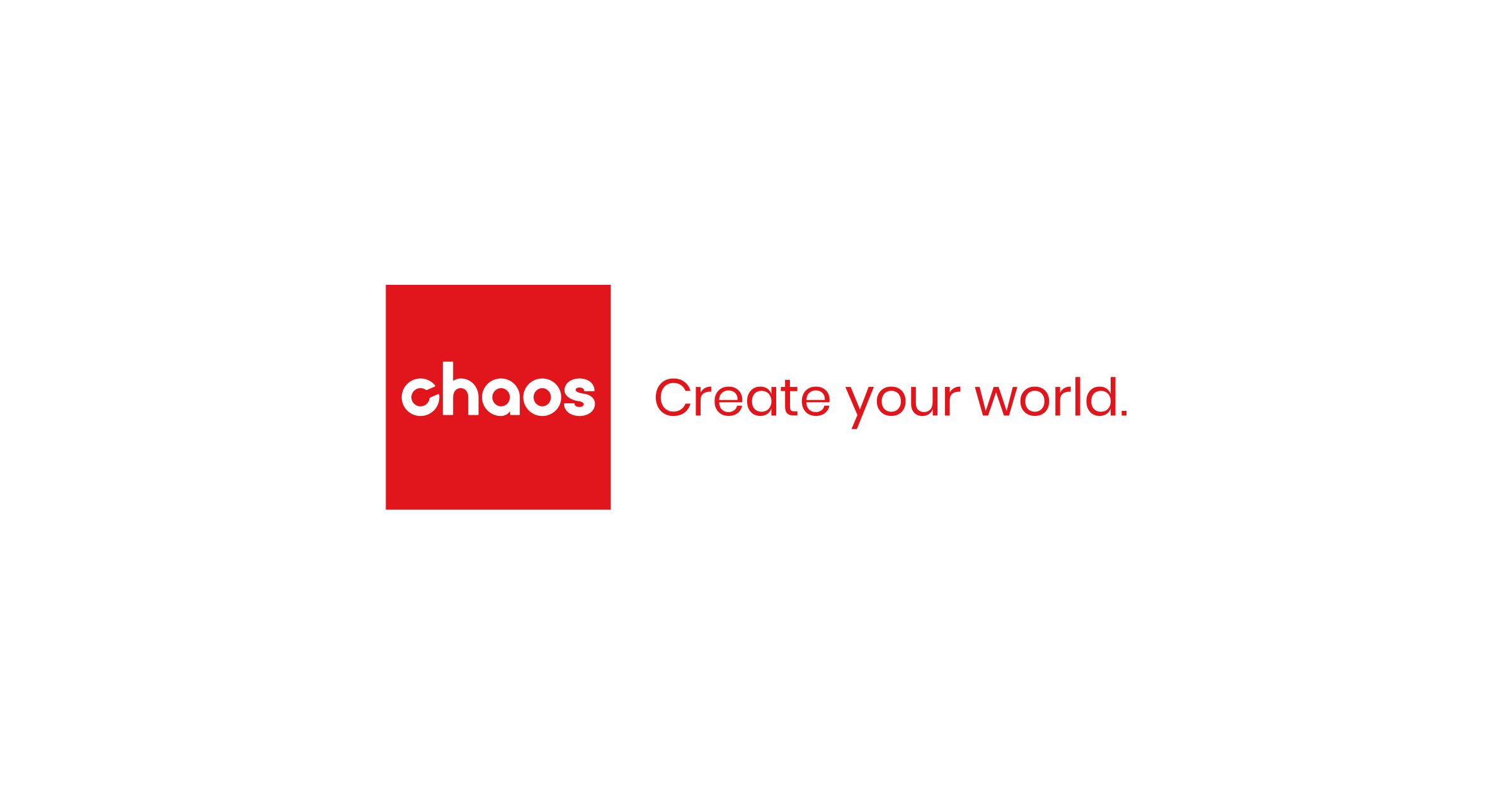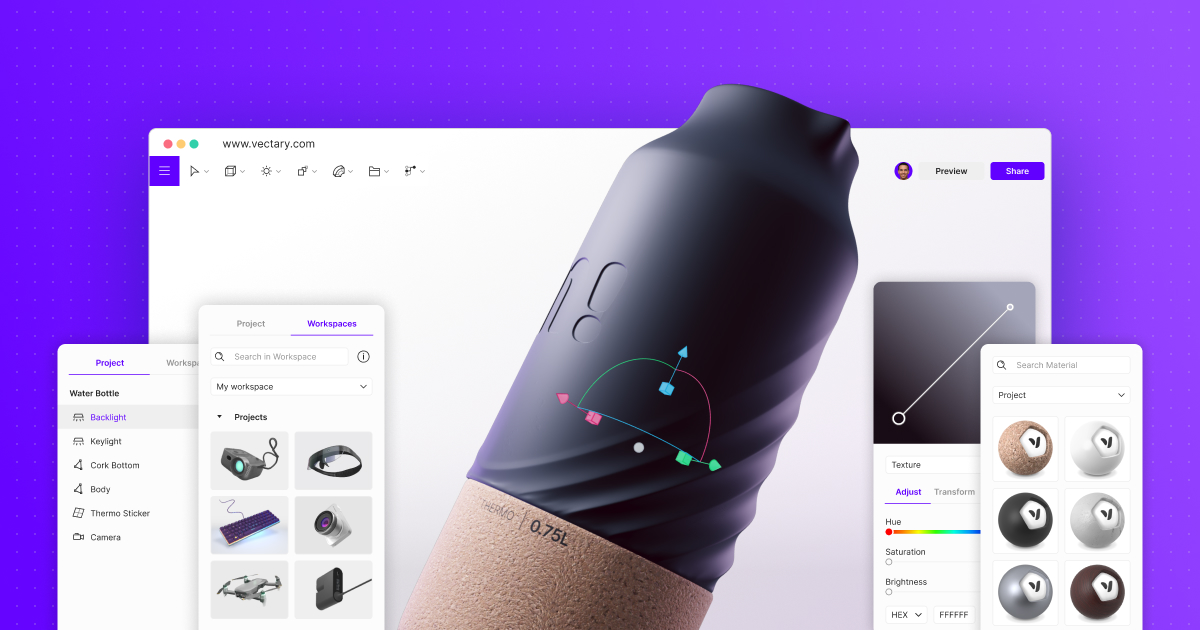Introduction
Animation software empowers artists, designers and content creators to bring their visions to life. Whether for movies, games, explainer videos or digital art, the right tools are crucial. This guide reviews the top industry standards and up-and-comers across 2D, 3D and motion graphics to help you find the perfect fit.
Methods of Evaluation
To rank the animation software, we considered various factors like features, workflows, pricing and popularity. Beyond just checking toolsets, we also factored in metrics like number of backlinks from industry sites, average monthly traffic and keyword trends to gauge real demand. Community engagement on forums and reviews was another useful signal. Our aim is to highlight the most feature-rich, versatile and well-adopted platforms across different creator profiles and budgets.
1. Adobe After Effects
Adobe After Effects is an industry-leading solution for motion graphics and compositing. Developed and maintained by Adobe Systems, After Effects has been the standard animation and visual effects software for over 25 years.
Pros: Some key advantages of Adobe After Effects include:
– The industry standard compositing and motion graphics software
– Powerful tools for visual effects, title design, and image processing
– Integrates seamlessly with Premiere Pro and other CC apps
Cons: One potential disadvantage is the steep learning curve for harnessing the full power of After Effects. It has a very deep toolset that requires significant time investment to truly master.
Pricing: Adobe After Effects is available as part of Adobe’s Creative Cloud All Apps plan. Pricing starts at $52.99/month billed annually with options for monthly payments also available.
Some key stats about Adobe After Effects include:
– Over 15 million users worldwide
– Used by 95% of Fortune 500 companies
– Integrates with other Adobe Creative Cloud apps like Premiere Pro and Photoshop
2. Blender
Blender is a free and open-source 3D creation suite. It supports the entirety of the 3D pipeline—modeling, rigging, animation, simulation, rendering, compositing and motion tracking, video editing and 2D animation pipeline. Blender is available for all major operating systems including Linux, Windows and macOS.
Pros: The main advantages of Blender include:
– It is completely open source and free to use
– Very powerful for 3D modeling, animation, VFX and rendering
– Extensive toolset that allows it to handle all 3D tasks from modeling to rendering
– Constant updates and growing list of features
Cons: One of the main disadvantages of Blender is its learning curve. As a fully featured 3D application, it takes time to learn to use Blender effectively compared to more simplified software.
Pricing: Blender is completely free to download and use. There are no subscription or licensing fees whatsoever as it is considered an open source software project.
Some key stats about Blender include:
– Over 2.5 million downloads per month
– Used in blockbuster films like Spider-Man: Into the Spider-Verse
– Development community of over 500 contributors
– Codebase of over 100,000 files and 6 million lines of code
BlenderThe Freedom to Createblender.org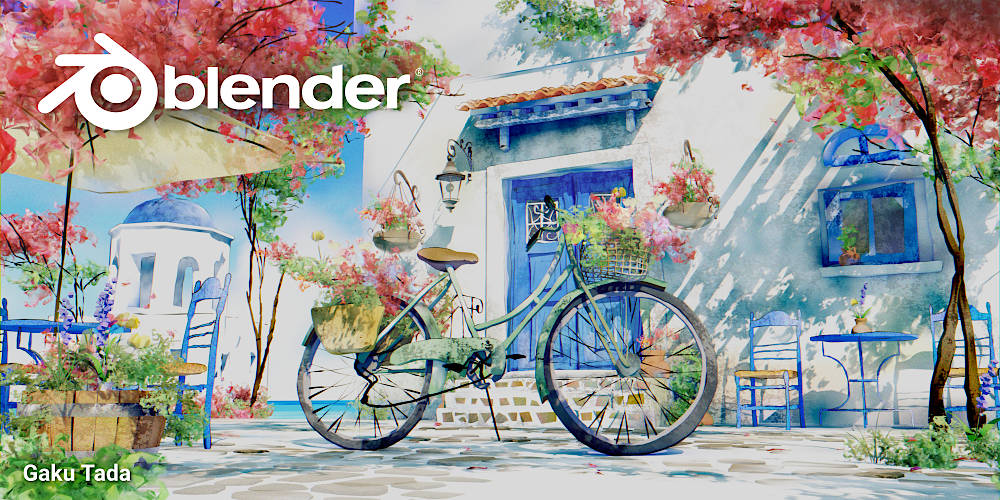
3. Unreal Engine
Unreal Engine is a complete suite of real-time 3D creation tools developed by Epic Games. Originally created for first-person shooter games, Unreal Engine is now used across industries like film, television, architecture and more to create photorealistic experiences and content. Some of the most popular games and VR experiences like Fortnite, Borderlands 3 and Batman: Arkham VR were built with Unreal Engine.
Pros: Some key advantages of Unreal Engine include: it is a leading real-time 3D creation tool; it is used to create top AAA games and VR experiences; it offers a complete toolset for games, architecture and film visuals; and it is free to use for non-commercial projects.
Cons: One potential disadvantage is that Unreal Engine uses a royalty system where developers pay a 5% royalty on profits after the first $3,000 per product per quarter. This may not be ideal for all independent or smaller studios.
Pricing: Unreal Engine is free to use for non-commercial projects. For commercial products and experiences, Epic Games charges a 5% royalty on gross revenue after the first $3,000 per product per quarter.
Unreal Engine is used by over 2 million developers globally. It has powered over $120 billion in digital assets and experiences. Some key titles developed with Unreal Engine include Fortnite, Borderlands 3, Batman: Arkham VR, Gears of War and Mortal Kombat.
4. Godot Engine
Godot Engine is a free and open source game engine for desktop, mobile, and VR/AR development. It supports 2D and 3D games as well as interactive apps. Godot was designed with a fully-open architecture which means users have complete control over the source code and can offer custom modifications as needed. It provides a large set of common tools so developers can focus on game creation without reinventing basic functions. Godot aims to be lightweight and efficient as well as user-friendly.
Pros: Key advantages of using Godot include:
– Free and open source license with no restrictions on commercial use or royalties
– Visual scripting makes the engine very accessible for hobbyists and non-programmers
– Node-based scenes provide powerful animation and interaction tools
– Cross-platform support allows building games for all major platforms with one codebase
– Extensive documentation and community support for help and asset sharing
Cons: One potential disadvantage is that Godot is still relatively new compared to engines like Unity and Unreal. This means the available tutorials, plugins and assets are not as extensive. However, the community is growing rapidly every year to address this issue.
Pricing: Godot Engine is completely free to use with no restrictions or charges. Developers are free to use it for any type of project, whether nonprofit or commercial, without paying any licensing fees.
Some key stats and facts about Godot Engine include:
– Used in over 150,000 projects and 100,000 daily downloads worldwide
– Runs on all major platforms including Windows, Linux, macOS, iOS, Android, HTML5, etc.
– Node-based scene editor allows quick and easy animation and interactions
– Known for its visual scripting capabilities and high performance
– Completely free, open source license with full access to source code
5. Avid Media Composer
Avid Media Composer is a professional non-linear video editing software developed by Avid Technology. Used by editors, video professionals and studios worldwide, Media Composer provides powerful yet intuitive tools for video editing, compositing, visual effects and motion graphics.
Pros: Some key advantages of Avid Media Composer include:
– Industry standard software used by professionals worldwide
– Very powerful yet easy to learn editing interface
– Excellent integration options with other Avid tools like ProTools
– Extensive toolset for animation, visual effects and motion graphics
– Regular updates and new features added based on user feedback
Cons: One potential disadvantage of Avid Media Composer is the upfront cost, as it is priced for professional video studios rather than indie creators or students. Maintenance and support costs can also be high for large teams.
Pricing: Pricing for Avid Media Composer depends on the plan and number of seats needed. Plans range from a few hundred dollars per month for small teams to tens of thousands annually for large studios. Discounted educational pricing is also available.
Some key stats about Avid Media Composer include:
– Used on over 90% of Hollywood feature films
– Over 25 years of development and refinement
– Tight integration with ProTools for audio workflows
– Robust tools for color correction, visual effects and titling
6. Powtoon
Powtoon is a web-based animation and video creation tool that allows users to create animated explainer videos, presentations, and other visual content. Founded in 2011, Powtoon has grown to support over 35 million users worldwide. With Powtoon, users can create high-quality animated videos and slides without the need for complex animation or video editing software.
Pros: Some key advantages of Powtoon include:
– Easy to use video creation tools with drag-and-drop interfaces
– Large asset library that provides ready-made characters, scenes and video clips
– Collaborative tools that allow users to share and co-edit projects
– Web-based with no software downloads required
– Supports creating animated videos, presentations and other visual content
Cons: A potential disadvantage is that the free plan only allows exporting videos at 720p resolution. For higher resolution exports, a paid subscription is required.
Pricing: Powtoon offers three pricing tiers:
– Basic (Free): Allows creating and sharing unlimited projects. Videos export at 720p resolution.
– Pro ($9/month): Adds 1080p video exports, co-editing, admin controls and more storage.
– Business/Enterprise (Custom Pricing): Designed for organizations with additional features like private video hosting, SSO, and dedicated support.
Some key stats about Powtoon include:
– Over 35 million users worldwide
– Supports creating videos in 40+ languages
– Large asset library with over 1,000 characters, backgrounds, scenes and video clips
– Fully web-based with no software to download
– Integrations with Google Drive, Dropbox and OneDrive for content sharing
7. Reallusion iClone
Reallusion iClone is 3D character animation and motion graphics software developed by Reallusion. It provides tools for 3D character design, rigging, animation and visual effects. With iClone, users can create high-quality 3D animated characters and scenes for video games, films, visualizations and more.
Pros: Some key advantages of iClone include:
– Fast workflows for rigging and animating 3D characters
– Extensive asset library of props, characters and environments
– Real-time rendering engine for previewing scenes and animations
– Character design tools for sculpting, texturing and customization
– Motion graphics features for animated titles, captions and overlays
Cons: A potential disadvantage is that iClone is not a 3D modeling software so users need 3D assets from external 3D modeling programs or the included asset library.
Pricing: iClone is available in different subscription tiers starting from $19.99/month for the Animator plan up to $79.99/month for the Creator Pro plan. Educational discounts and volume licenses are also available.
Some key stats about iClone include:
– Used by over 500,000 artists and animators worldwide
– Integrates with Unreal Engine and Unity for game development workflows
– LiveLink capability for seamlessly adding VFX to footage in Premiere Pro and After Effects
8. Houdini
Houdini is 3D procedural software developed by Side Effects Software for 3D modeling, animation, visual effects (VFX), look development, lighting and rendering. Some of its key uses include procedural 3D modeling, particle and smoke simulations, dynamics and effects in film, television, advertising and video game pipelines. It is widely used in blockbuster Hollywood movies and high-profile visual effects studios.
Pros: Some key advantages of Houdini include:
– Node-based system allows for procedural creative workflows
– Advanced simulation tools for particles, fluids, dynamics, destruction etc.
– Used as a look development, lighting and rendering tool as well
– Extensive toolset and community support for crowds, clothing, hair, FX and various pipelines
– Scalable for indie to large studio productions
Cons: One of the key disadvantages of Houdini is its steep learning curve. As a node-based system with a vast toolset, it can take artists a significant amount of time to become proficient in it.
Pricing: Houdini has different pricing tiers depending on the studio size and needs. It offers single-user desktop licenses starting at around $3,500 and multi-user network licenses for larger studios/facilities.
Some key stats about Houdini include:
– Used in over 90% of the top visual effects films like Avengers: Infinity War, The Jungle Book, Life of Pi
– Over 20 years of continuous development and upgrades
– Node-based for procedural workflows and experimentation
– Extensive libraries of nodes for simulations, effects, look development etc.
– Runs on Windows, macOS and Linux
9. Nuke
NUKE is widely considered the industry standard compositing software for visual effects and animation in feature films, television, commercials, and more. Developed by Foundry, Nuke has been used on thousands of the world’s largest visual effects blockbusters such as the Avengers, Game of Thrones, and The Mandalorian. Nuke’s node-based interface provides a highly flexible and scalable workflow that has powered some of the most ambitious VFX shots ever created.
Pros: Some key advantages of Nuke include:
– Industry standard node-based compositing software tailored for large-scale visual effects pipelines
– Scales effortlessly to handle shots with hundreds of elements and terabytes of images
– Achieves feature film quality results through its advanced 3D, tracking, paint, roto, and keying tools
Cons: As a high-end commercial software, one potential disadvantage is the cost of a Nuke license which can be prohibitive for smaller studios or individual artists on a budget.
Pricing: Nuke is available through different subscription tiers starting at $1,075 USD per month for a floating license. Commercial licenses with additional support and maintenance are also available for larger studios.
Some key stats about Nuke include:
– Used on over 90% of the top 100 highest grossing films of all time
– Over 25 years of ongoing development
– Over 30,000 licensed seats globally
– Available on Windows, Mac and Linux operating systems
10. Clip Studio Paint
Clip Studio Paint is a robust 2D drawing, painting and animation software developed by Celsys Inc. It is available on Windows and Mac computers as well as iOS and Android devices. The app allows users to create illustrations, comics, and animations for both personal projects and commercial use.
Pros: Some key advantages of Clip Studio Paint include: – Powerful drawing and painting tools for illustrations and comics – Robust animation features for frame-by-frame and tweening animation – Cross-platform support allowing the same projects to be accessed on desktop and mobile – Large online community and tutorials for learning and inspiration
Cons: A potential disadvantage is that the mobile apps have slightly fewer advanced features compared to the desktop versions.
Pricing: Clip Studio Paint offers affordable pricing plans starting from a one-time purchase of $50 for personal use. Commercial/educational plans are also available starting from $130 per year.
Some key stats about Clip Studio Paint include: – Over 3 million users globally – Huge asset library with over 200,000 free assets and templates – Affordable one-time purchase starting from $50 for personal use
11. Synfig Studio
Synfig Studio is a free and open-source 2D animation software designed as a powerful industrial-strength solution for creating film-quality animation using vector and bitmap artwork. Developed by Synfig.org, it allows animators to create professional animations and motion graphics without the need for expensive proprietary software.
Pros: Some key advantages of Synfig Studio include:
– Free and open source so it can be used without cost constraints
– Features like onion skinning, bone rigging and path animation for vector artwork
– Cross-platform workflow allowing animation projects to transition between desktop environments
Cons: A potential disadvantage is that as an open source project, Synfig Studio may lack some features found in commercial animation software. However, it provides a very capable toolset for most 2D animation needs.
Pricing: Synfig Studio is completely free to download and use. There are no costs, subscriptions or licensing fees associated with its use.
Some key stats about Synfig Studio include:
– Available for Windows, Linux and macOS operating systems
– Used by both commercial studios and individual animators
– Actively developed since 2002 with continual updates and improvements
12. GoAnimate
GoAnimate is a web-based animation software that allows users to create explainer videos, presentations, cartoons and other animated content. Founded in 2007 and based in San Mateo, California, GoAnimate provides both free and paid video creation tools.
Pros: Some of the key advantages of GoAnimate include:
– Online software that requires no downloads or technical skills to get started.
– Large library of characters, props, templates and scenes to choose from.
– Drag-and-drop interface makes it easy for non-animators to create their own animations.
– Affordable pricing plans for businesses and teams.
Cons: The main disadvantage is that the free version of GoAnimate contains watermarks on exported videos. To remove watermarks, a paid subscription is required.
Pricing: GoAnimate offers three pricing tiers:
– Free Plan: Allows basic video creation but watermarks videos. No advanced features.
– Plus Plan: $9.99/month. Removes watermarks and unlocks more characters/props.
– Pro Plan: $19.99/month. Includes all features and support for team collaboration.
Some key stats about GoAnimate include:
– Used by over 40 million people worldwide.
– More than 4 billion videos created on the platform.
– Supports over 40 languages.
– Recipient of numerous awards and accolades for their animation software.
13. VUE
VUE is a 3D visualization software developed by Chaos. VUE provides a complete visual environment and 3D application focused on design, art and visualization. It is known for its ease of use and ability to produce photorealistic renders and visualizations.
Pros: Some key advantages of VUE include:
– Intuitive and streamlined workflow for architectural and interior 3D design.
– Specialized tools for architecture like parametric modeling, easy client reviews and drone camera paths.
– Real-time rasterization and final frame rendering allows for quick project iterations and changes.
– Strong community support with training resources and asset library.
Cons: One potential disadvantage is that as a specialized architectural visualization software, some features found in broader 3D applications like animation tools may be limited in VUE.
Pricing: VUE pricing starts at $1,499 for the Standard edition and goes up to $6,499 for the Premium edition. Educational and commercial licenses are available. Cloud rendering capabilities on Chaos Cloudburst are also available as an add-on service.
Some key stats about VUE include:
– Used by over 30,000 companies worldwide across industries like architecture, engineering, construction, product design, VFX and animation.
– Features a node-based material editor and powerful rendering engine for photorealistic results.
– Includes a large library of texture maps, materials and lighting presets for architectural visualization.
14. Toon Boom Harmony
Toon Boom Harmony is a powerful 2D animation software developed and published by Toon Boom. Used by top animation studios around the world, Harmony offers animators a smooth and intuitive workflow to create frame-by-frame 2D animation for movies, TV shows, games and more.
Pros: Some key advantages of Toon Boom Harmony include:
– Feature-rich toolset for traditional and digital/paperless 2D animation workflows
– Integrated animatics, storyboarding and post-production tools
– Real-time rendering and playback for fast iteration
– Puppet rigging system for easy character setup and animation
– Advanced painting and texturing tools
Cons: One potential disadvantage is the learning curve to master all of Harmony’s advanced features. It has a lot of capabilities but can be overwhelming for new users.
Pricing: Toon Boom Harmony is available through different pricing plans starting from $399 per month for the Indie plan up to custom enterprise plans for large studios. Educational and commercial licenses are also available.
Some key stats about Toon Boom Harmony:
– Used in over 200 feature films including Frozen, Spider-Man: Into the Spider-Verse, The LEGO Movie
– Over 200 TV series created including family favorites like Peppa Pig, Paw Patrol
– Available in over 20 languages
– Installed in over 500 animation studios globally
15. Vectary
Vectary is a browser-based 3D modeling and animation software. Using Vectary, users can create 3D and augmented reality content directly in their web browser without needing to download or install any other software. Vectary works across all major desktop and mobile browsers including Chrome, Firefox, Edge and Safari.
Pros: Some of the key advantages of Vectary include:
– Browser-based modeling and animation allowing work from any computer with an Internet connection
– Real-time collaborative 3D modeling and workflows for remote and distributed teams
– Intuitive interface makes it easy to learn even for those new to 3D graphics
– Import/export of files to major 3D formats facilitates use of assets in other applications
Cons: The main disadvantage of Vectary is that as a browser-based tool, more complex 3D modeling and animation projects may be more difficult compared to dedicated desktop 3D software with higher computing capabilities.
Pricing: Vectary offers both free and paid subscription plans. The free plan provides access to basic features for non-commercial and education use. Paid plans start at $15/month for individuals and go up to $45/month for teams.
Some key stats and facts about Vectary include:
– Used by over 500,000 designers, engineers and artists globally
– Supports real-time collaborative workflows allowing multiple users to work on a project simultaneously
– Exports to popular 3D formats like glTF and OBJ for use in games, VR/AR applications and other 3D tools
Conclusion
Animation opens up new ways of thinking and expressing ideas. By choosing the right creative software, you have the power to bring characters, stories and worlds to life. We hope this overview provided useful insights into the capabilities and popularity of different options. Whether you’re an independent developer or part of a large studio, experimenting is key to finding the perfect tools for your workflow and budget. Start creating amazing animated content today!



